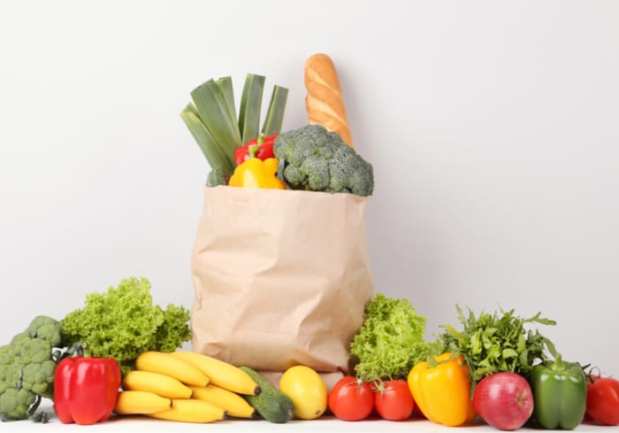Why More Than 90 Pct Of Shoppers Still Go To The Grocery Store

Even in an age when shoppers can order groceries online and have them delivered straight to their doors, the vast majority of consumers are still shopping the traditional way – hopping in their cars and heading to their local brick-and-mortar grocery store to shop the aisles or pick up an online order.
Ninety-two percent of customers still shop for groceries in a physical store, according to the PYMNTS Enterprise Grocery Report, and 91.5 percent make their purchases there. By comparison, nearly 5 percent of consumers shop for and pay for groceries online. The Index also found that shoppers older than 30 make 45 grocery trips per year, while consumers between 18 and 24 only make about 38 trips.
These are some of the reasons that consumers are visiting brick-and-mortar grocers – from Wegmans Food Markets to Kroger – and how these grocers (as well as technology providers) are rolling out innovations and features to serve in-store customers.
Roughly three in 10 – or 27.1 percent – of consumers said the main reason they visited a grocery store was because it was well-coordinated online and in-store. Wegmans Food Markets, for instance, is bringing its curbside pickup offering to additional stores. At the end of the month, all of its Rochester, New York area stores will provide the service. Wegmans eCommerce Group Manager Erica Tickle said, according to reports, “Our customers are busy, so when it comes to grocery shopping, they appreciate a range of options that allow them to get the task done with ease, when and how they want.” Shoppers can use the Instacart website, Instacart app or dedicated Wegmans page to choose a pickup time and make a payment. They then receive instructions and a phone number to call as they approach the store.
And 16.7 percent of consumers said the main reason they visited a grocery store was because of scan and pay through mobile devices. At Amazon Go, for instance, shoppers download the store’s app on their mobile device, which they scan upon entering. Instead of a traditional checkout process, there are cameras and sensors on shelves in addition to a computer vision system. This technology keeps track of the shopper’s selections and automatically charges their Amazon account. According to reports earlier this month, the company is planning to bring the concept – which first opened in Seattle, Washington last January – to the U.K.
About one in 10 – or 9.9 percent – of consumers said the main reason they visited a grocery store was because it provided targeted opportunities. Kroger and Microsoft are creating a digital shelving system called the EDGE Shelf, which uses digital displays in place of paper tags. The technology is said to pave the way for new revenue opportunities, as it will enable Kroger to sell digital ads to consumer packaged goods (CPG) brands. “Using video analytics, personalized offers and advertisements can be presented based on customer demographics,” a January announcement noted. Kroger also said the experiment “will guide expansion plans in 2019 and beyond.”
And 5.2 percent of consumers said the main reason they visited a grocery store was because it provided in-store entertainment. The attraction might be technology like The BreadBot, which is a project of The Wilkinson Baking Company. The device is a fully automated breadmaking machine designed for retail environments. The allure of the machine is in the baking process: A dough ball is released and rolls out onto the conveyor belt and into the pans every six minutes. Wilkinson Baking Company CEO Randall Wilkinson told PYMNTS in an interview in January, “Part of the theatre of the machine here at CES [the Consumer Electronics Show] and in the store is just the engagement of watching this process.”
Three percent of consumers said the main reason they visited a grocery store was that it provided a virtual reality option. The statistic comes as tech companies and food brands are collaborating on virtual reality (VR) technology. Accenture, Qualcomm and Kellogg have teamed to create a headset to find out how retailers should stock products on shelves. The technology has Qualcomm chips and eye-tracking input from Tobii. It reportedly allows retailers to track where the wearer looks when he walks down the aisles of a virtual supermarket. The store is full-scale and lets users move and pick up items and put them into carts.
From Amazon to Kroger, capturing customer loyalty and keeping them in the store means tapping into omnichannel features. The top reason consumers visit grocers, after all, is having a well-coordinated online and in-store experience in the age of smartphones and digital technology.
